Grandalas are one of the most visually stunning bird species found in the Himalayan region. Known for their vibrant coloration and extreme sexual dimorphism, these birds exhibit such stark differences between males and females that they almost appear to be two separate species.
A Shocking Contrast: Male vs. Female Grandalas
Sexual dimorphism is common in the animal kingdom, but in grandalas, it reaches a remarkable level. The male grandala is an almost neon shade of electric blue, a hue so bright that it is impossible to ignore. In contrast, female grandalas sport a much more subdued brown plumage with white streaks on their heads, blending seamlessly into their mountainous surroundings.
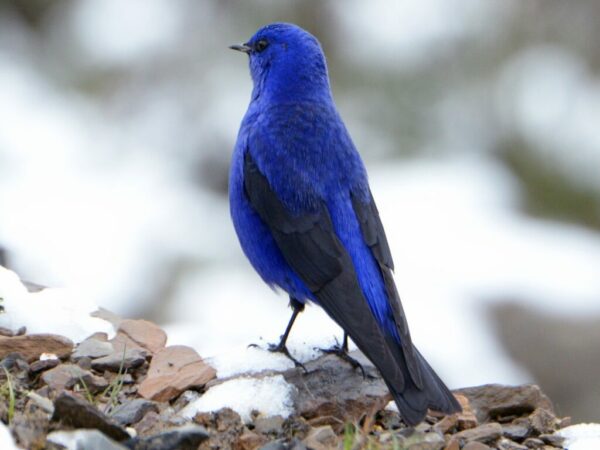
This extreme difference in coloration serves a key evolutionary purpose. Male grandalas rely on their dazzling blue feathers to attract mates—the brighter their plumage, the more appealing they are to females during the breeding season. On the other hand, the camouflaged brown tones of female grandalas provide them with protection, especially when nesting in their high-altitude habitats.
The Elusive Beauty of Grandalas in the Himalayas
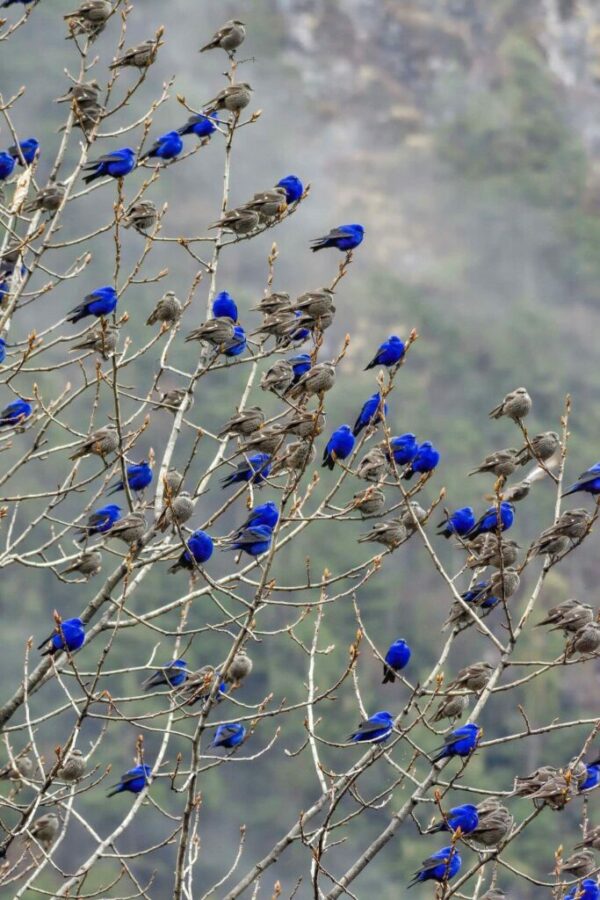
Despite their brilliant appearance, grandalas remain relatively unknown outside their native Himalayan forests. These birds thrive at high elevations, often above 3,500 meters (11,500 feet), where they navigate the rugged landscapes with ease. Their territorial nature makes them aggressive towards intruders, ensuring that they defend their feeding and nesting grounds fiercely.
Wildlife photographer Rajesh Panwar captured a breathtaking image of a male and female grandala in North Sikkim, India, offering a perfect illustration of their dramatic sexual dimorphism. The male’s electric blue plumage stands out vividly against the subdued earthy tones of the Himalayan terrain, making for a striking visual contrast.
Why Are Grandalas So Colorful?
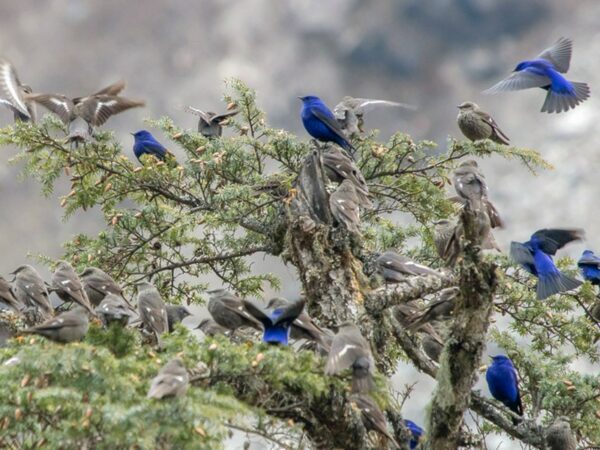
Scientists believe that the bright coloration in male grandalas serves a dual purpose:
- Attracting females: Brighter blue feathers indicate better health and stronger genetics.
- Territorial dominance: The intense color may also serve as a warning signal to rival males.
Interestingly, while sexual dimorphism is commonly linked to mating strategies, the exact reasons why grandalas have evolved such dramatically different appearances remain a subject of ongoing research.
Grandalas: A Hidden Treasure of the Himalayas
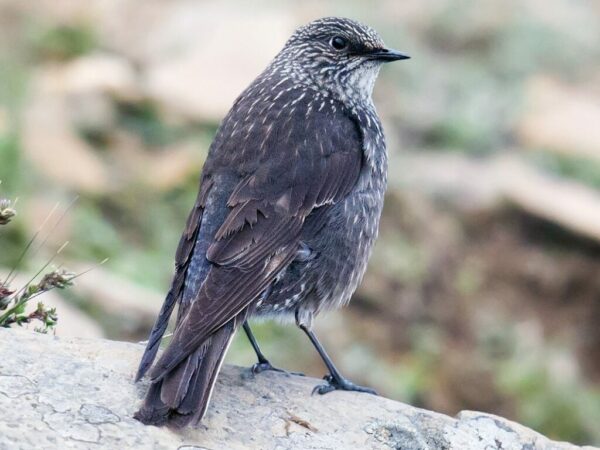
Grandalas may not be as well-known as other birds, but their stunning beauty and unique characteristics make them one of the most fascinating avian species in the world. Despite their relatively unknown status in mainstream ornithology, birdwatchers and researchers continue to seek them out in the Himalayas, hoping to catch a glimpse of their spectacular coloration in the wild.
Final Thoughts
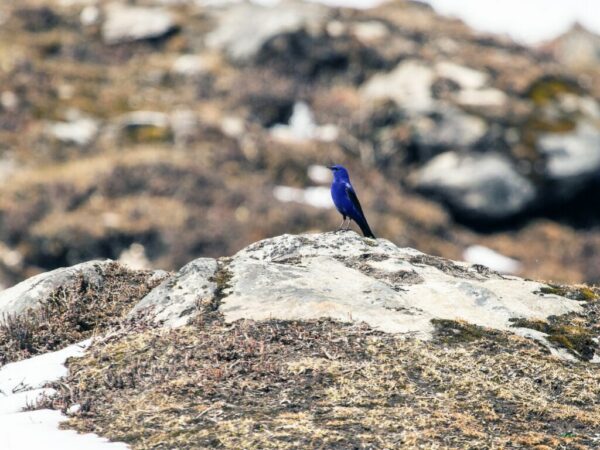
With their electrifying blue plumage and striking sexual dimorphism, grandalas are a true marvel of nature. While the male grandala’s vibrant colors steal the show, the subtle beauty of the female grandala’s earthy tones plays a crucial role in their survival. As research continues, we may one day uncover more secrets about why these mysterious birds of the Himalayas have evolved in such a visually dramatic way.




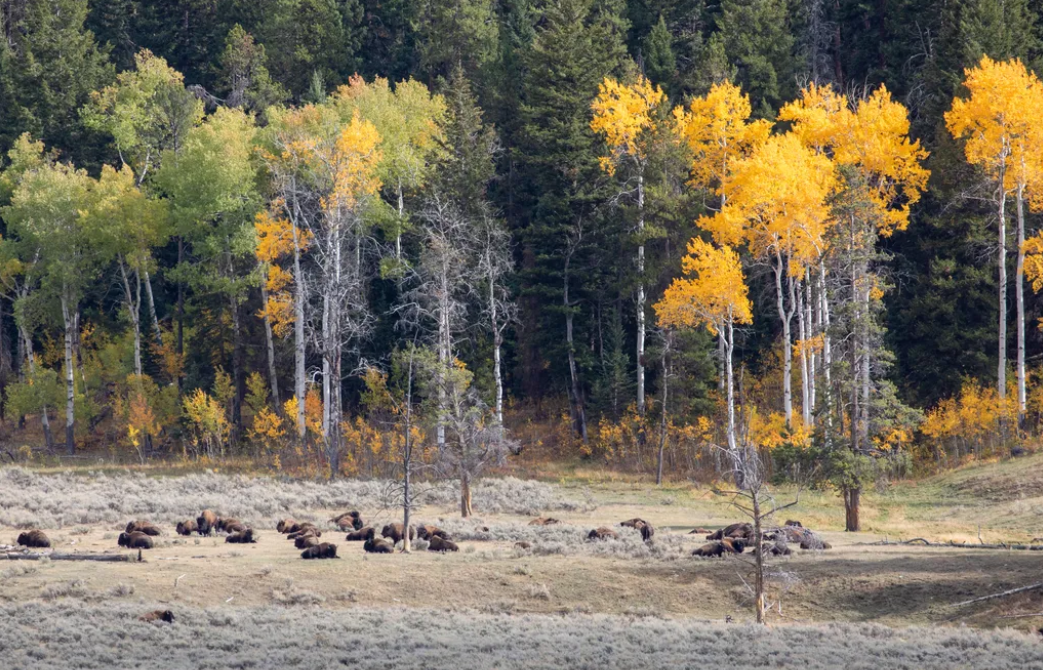


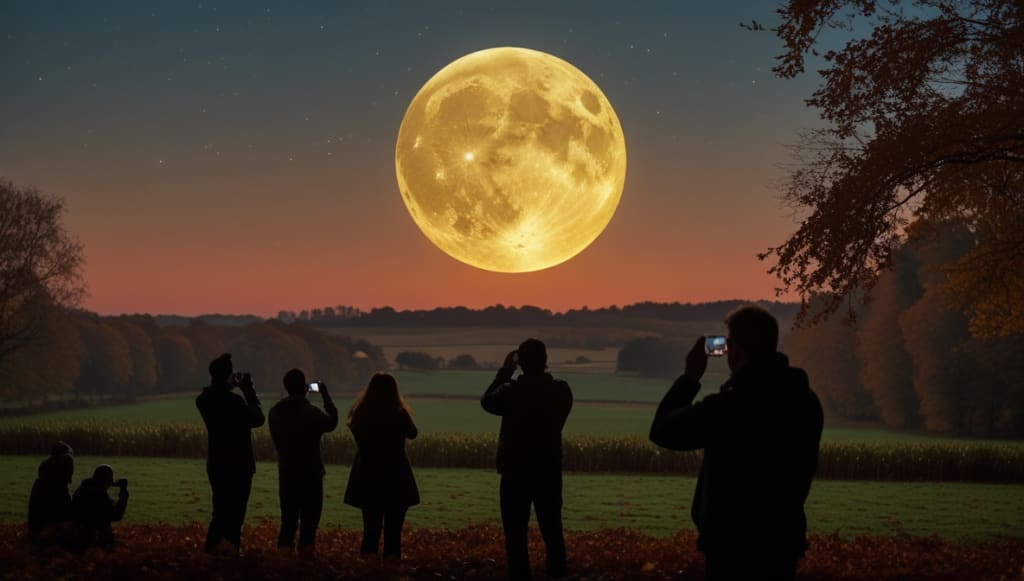
 Photographer Finds Locations Of 1960s Postcards To See How They Look Today, And The Difference Is Unbelievable
Photographer Finds Locations Of 1960s Postcards To See How They Look Today, And The Difference Is Unbelievable  Hij zet 3 IKEA kastjes tegen elkaar aan en maakt dit voor zijn vrouw…Wat een gaaf resultaat!!
Hij zet 3 IKEA kastjes tegen elkaar aan en maakt dit voor zijn vrouw…Wat een gaaf resultaat!! 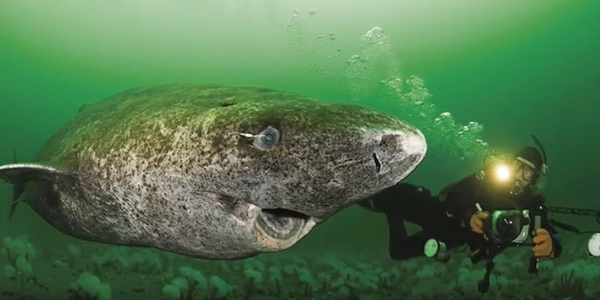 Scientists Discover 512-Year-Old Shark, Which Would Be The Oldest Living Vertebrate On The Planet
Scientists Discover 512-Year-Old Shark, Which Would Be The Oldest Living Vertebrate On The Planet  Hus til salg er kun 22 kvadratmeter – men vent til du ser det indvendigt
Hus til salg er kun 22 kvadratmeter – men vent til du ser det indvendigt  Superknepet – så blir snuskiga ugnsformen som ny igen!
Superknepet – så blir snuskiga ugnsformen som ny igen! 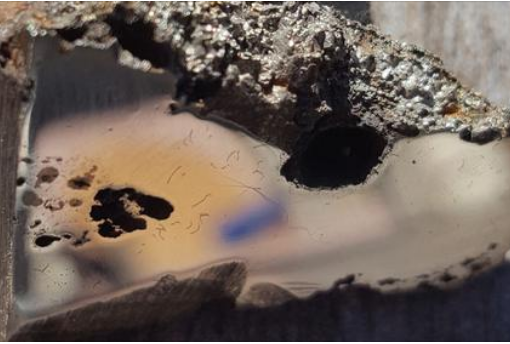 Meteorite That Recently Fell in Somalia Turns Out to Contain Two Minerals Never Before Seen on Earth
Meteorite That Recently Fell in Somalia Turns Out to Contain Two Minerals Never Before Seen on Earth  Nearly Frozen Waves Captured On Camera By Nantucket Photographer
Nearly Frozen Waves Captured On Camera By Nantucket Photographer  It’s Official: Astronomers Have Discovered another Earth
It’s Official: Astronomers Have Discovered another Earth 